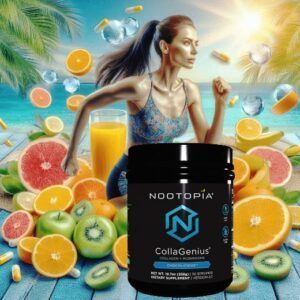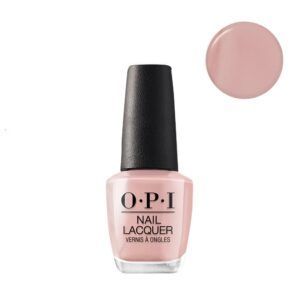Get your free Book Here

Protect Your Skin: The Ultimate Guide to Sunscreen and Skin Cancer Prevention
Hey there, sun-lovers! Are you ready to learn how to keep your skin healthy and glowing, even in the face of those powerful UV rays? Well, buckle up, because we’re about to dive deep into the world of sunscreen and skin cancer prevention.
First things first, let’s address the elephant in the room – the sun can be both your best friend and your worst enemy when it comes to your skin. On the one hand, a little bit of sunshine can do wonders for your mood, your vitamin D levels, and even your skin’s appearance. But on the other hand, unprotected sun exposure can lead to some seriously nasty consequences, like sunburns, premature aging, and the dreaded skin cancer.
The Dangers of UV Exposure
Now, you might be thinking, “But the sun feels so good on my skin! How can it be that bad for me?” Well, my friend, it all comes down to those pesky UV rays. Two main types of UV rays can wreak havoc on your skin:
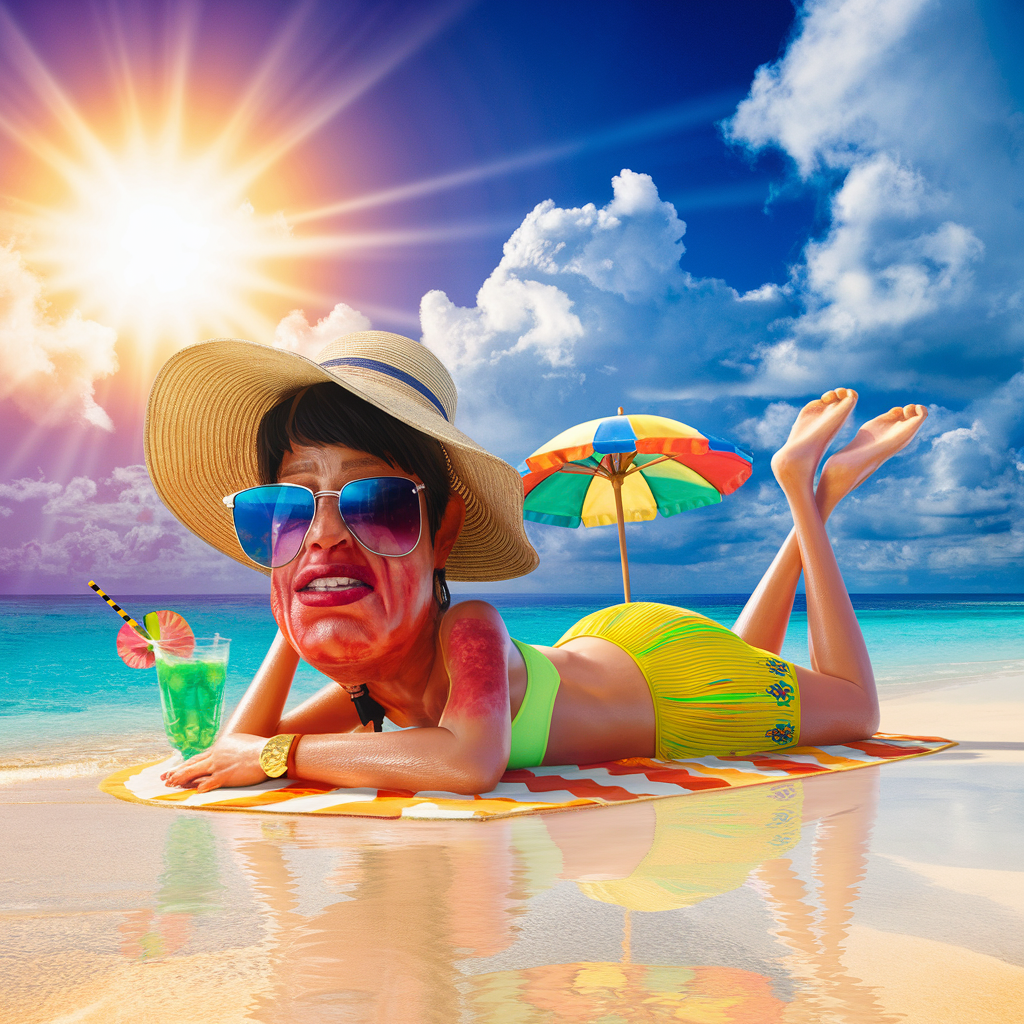
- UVA Rays: These rays are the real skincare saboteurs. They penetrate deep into the layers of your skin, disrupting the collagen and elastin fibers that keep your skin looking plump and youthful. Over time, exposure to UVA rays can lead to premature wrinkles, sagging, and age spots – a.k.a. the dreaded signs of photo-aging.
- UVB Rays: These rays are the ones responsible for those painful sunburns. They target the outer layers of your skin, causing redness, inflammation, and even blistering. But the damage doesn’t stop there. Repeated exposure to UVB rays can also lead to uneven pigmentation, dark spots, and an increased risk of skin cancer.
And here’s the kicker: even when the sun isn’t shining brightly, those UV rays can still sneak through the clouds and do a number on your skin. Yup, you read that right – your skin is at risk of damage even on a cloudy day. So, no more excuses, my friends!

The Importance of Early Detection
Now, let’s talk about the big C – skin cancer. It’s a scary topic, but the good news is that it’s also highly preventable. In fact, did you know that a staggering 90% of skin cancers are curable if detected early? That’s right, early detection is key to beating this disease.
One of the most important tools in your skin cancer prevention arsenal is the ABCDE method. This simple technique, recognized by dermatologists, can help you identify potentially problematic moles and get them checked out by a professional.
Here’s a quick rundown of the ABCDE method:
A – Asymmetry: Look for moles that are not perfectly symmetrical in shape.
B – Border: Check for irregular, jagged, or blurred borders.
C – Color: Moles with varying shades of brown, black, red, white, or blue can be a red flag.
D – Diameter: Moles larger than 6 millimeters (about the size of a pencil eraser) are cause for concern.
E – Evolution: Be on the lookout for any changes in the size, shape, color, or appearance of your moles over time.
If you notice any of these signs, don’t panic – but do make an appointment with your dermatologist as soon as possible. Early detection is crucial, so it’s better to be safe than sorry.

Sunscreen Savvy
Alright, now that we’ve covered the dangers of UV exposure and the importance of skin cancer screening, let’s talk about the real MVP of sun protection: sunscreen.
Sunscreen is the cornerstone of any effective sun protection routine, and it’s important to choose the right one for your skin type and needs. Here’s what you need to know:
Broad-Spectrum Protection
When it comes to sunscreen, you want to look for products that offer broad-spectrum protection. This means they shield your skin from both UVA and UVB rays, providing comprehensive coverage against the sun’s harmful effects.
SPF Matters
The SPF (sun protection factor) rating on your sunscreen is also crucial. Dermatologists recommend using a sunscreen with an SPF of at least 30, but for optimal protection, aim for an SPF of 50 or higher.

Sensitive Skin Friendly
If you have sensitive skin, be extra vigilant about choosing a sunscreen that’s gentle and non-irritating. Look for formulas that are tested on sensitive skin and contain soothing ingredients like La Roche-Posay’s Thermal Spring Water.
Reapply, Reapply, Reapply
No matter how high the SPF, sunscreen can’t protect your skin if you don’t reapply it regularly. Aim to reapply every two hours, or more often if you’re swimming or sweating.
Don’t Forget the Extras
In addition to sunscreen, don’t forget the other sun-protective measures, like wearing a wide-brimmed hat, protective clothing, and sunglasses. These accessories can provide an extra layer of defense against those pesky UV rays.
Skin Cancer Risk Factors
While anyone can develop skin cancer, some people are at a higher risk than others. If you fall into any of these high-risk categories, it’s even more important to be diligent about sun protection and regular skin checks:
- Fair skin, light eyes, and/or red hair
- A large number of moles or atypical moles
- A personal or family history of skin cancer
- Frequent sunburns, especially in childhood
- Regular use of tanning beds or lamps
If you’re in a high-risk group, make sure to schedule regular appointments with a dermatologist for a full-body skin check. Early detection is key, so don’t skip those important visits!
Pregnancy and Sun Exposure
Attention all mamas-to-be! Pregnancy can bring about some unique sun-related challenges, so it’s crucial to take extra precautions when it comes to sun exposure.
During pregnancy, your skin can become more sensitive and susceptible to the damaging effects of the sun, leading to a condition called “pregnancy mask” or melasma. This can cause uneven, patchy pigmentation on your face, making you feel self-conscious and concerned about your appearance.
But fear not, there’s a simple solution: sunscreen, sunscreen, and more sunscreen! Invest in a high-quality, broad-spectrum sunscreen and make it a non-negotiable part of your daily routine. And don’t forget to cover up with hats, long sleeves, and sunglasses whenever possible.
Remember, protecting your skin during pregnancy is not only about looking your best, but also about safeguarding your long-term skin health. So, slather on that sunscreen, mama, and let your inner glow shine through!
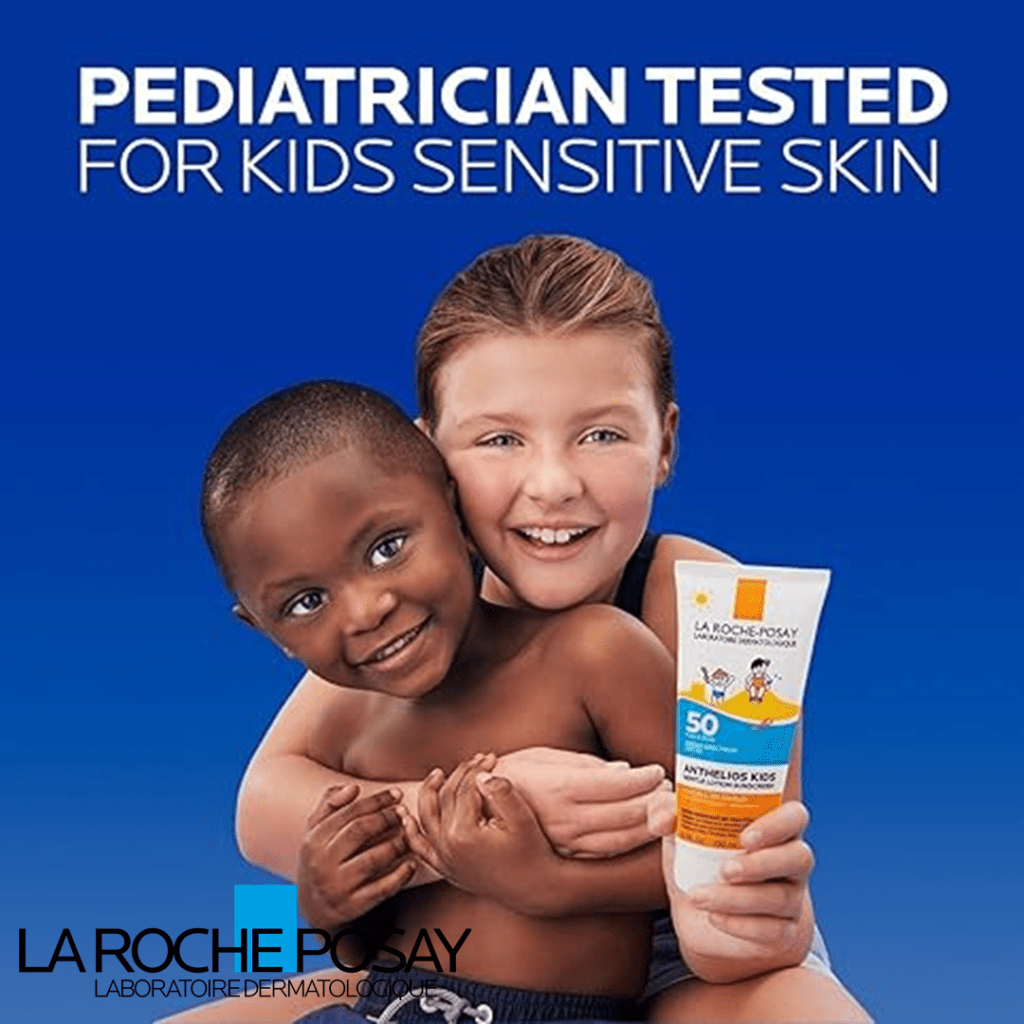
Sun Protection for Kids
As parents, we all want to keep our little ones safe from the sun’s harmful effects. And let’s be real, getting kids to sit still for sunscreen application can be a real challenge. But fear not, we’ve got some tips to make sun protection a breeze for the whole family.
First and foremost, start sun safety education early. Teach your kids about the importance of wearing hats, sunglasses, and protective clothing, and make it a fun, engaging process. Turn it into a game or a family challenge, and watch as they embrace the sun-smart lifestyle.
When it comes to sunscreen, look for formulas that are specifically designed for delicate, sensitive young skin. Opt for products that are gentle, non-irritating, and easy to apply, like La Roche-Posay’s Anthelios range. And don’t forget to reapply frequently, especially if they’re running around and getting sweaty.
Remember, leading by example is key. When your kids see you diligently applying sunscreen and taking sun safety seriously, they’ll be more likely to follow suit. So, slather on that SPF, parents, and let’s keep our little ones protected and happy in the sun!

Sun Protection as Anti-Aging
Alright, let’s talk about something we can all get excited about: how sunscreen can actually help you stay looking youthful and radiant.
That’s right, your daily sunscreen application isn’t just about preventing sunburns and skin cancer – it’s also a secret weapon in the fight against premature aging. Those pesky UVA rays we mentioned earlier? They’re the real culprits when it comes to wrinkles, sagging, and age spots.
By shielding your skin from UVA exposure, a high-quality, broad-spectrum sunscreen can help minimize the visible signs of aging, keeping your complexion smooth, plump, and glowing. It’s like a daily dose of anti-aging magic, without the hefty price tag or complicated skincare routine.
So, don’t think of sunscreen as a chore – think of it as an investment in your long-term skin health and youthful appearance. Slather it on, my friends, and watch as the years melt away (in a good way, of course).
The Science Behind Sun Protection
Now, let’s dive a little deeper into the science behind effective sun protection. After all, knowledge is power when it comes to keeping your skin safe and healthy.
As we mentioned earlier, the two main types of UV rays – UVA and UVB – can both wreak havoc on your skin. UVA rays, with their longer wavelength, penetrate deep into the layers of your skin, while UVB rays target the outermost layer.
Together, these UV rays can trigger a cascade of damaging effects, from DNA damage to the breakdown of collagen and elastin. This not only leads to visible signs of aging, but also increases the risk of precancerous and cancerous skin lesions.

That’s where sunscreen comes in. The active ingredients in sunscreen work to absorb, reflect, and scatter these harmful UV rays, shielding your skin from their detrimental effects. Some key sunscreen ingredients to look for include:
- Titanium dioxide and zinc oxide: These mineral-based filters provide broad-spectrum protection by physically blocking and scattering UV rays.
- Avobenzone, oxybenzone, and other chemical filters: These ingredients work by absorbing UV radiation and converting it into heat energy that is then released from the skin.
It’s important to note that not all sunscreens are created equal. Look for products that have been rigorously tested and formulated to ensure optimal protection and safety, even for the most sensitive skin types.

The Gold Standard in Sun Protection
When it comes to sun protection, La Roche-Posay is a brand that truly stands out from the crowd. As a leader in sensitive skin care, La Roche-Posay has developed a range of sunscreens that are not only highly effective, but also gentle and non-irritating.
The secret lies in the brand’s unique Thermal Spring Water, which is naturally rich in antioxidants and anti-inflammatory properties. This soothing ingredient is infused into every La Roche-Posay sunscreen, providing an extra layer of protection and nourishment for your skin.
But the brand’s commitment to safety and efficacy doesn’t stop there. La Roche-Posay’s sunscreens are also:
- Allergy-tested: Rigorously tested to ensure zero allergic reactions, even for the most sensitive skin types.
- Preservative-optimized: Formulated with just the right amount of preservatives to maintain product integrity and safety over time.
- Dermatologist-approved: Developed in collaboration with leading dermatologists and toxicologists to ensure the highest standards of quality and safety.
With La Roche-Posay, you can trust that you’re not only protecting your skin from the sun’s harmful effects but also nourishing and caring for it in the process. It’s the ultimate in sun-smart skincare, and your skin will thank you for it.
Conclusion
There you have it, folks – your comprehensive guide to sunscreen and skin cancer prevention. Remember, protecting your skin from the sun’s harmful rays is not just about vanity; it’s about safeguarding your long-term health and well-being.
So, make sunscreen a non-negotiable part of your daily routine, rain or shine. Slather it on, reapply religiously, and don’t forget to pair it with other sun-smart measures like hats, clothing, and shade. And if you’re ever in doubt about a suspicious mole or skin change, don’t hesitate to consult a dermatologist. Early detection is key to beating skin cancer.
Here’s to a summer (and every season) filled with happy, healthy, and well-protected skin. Cheers to that, my sun-savvy friends!
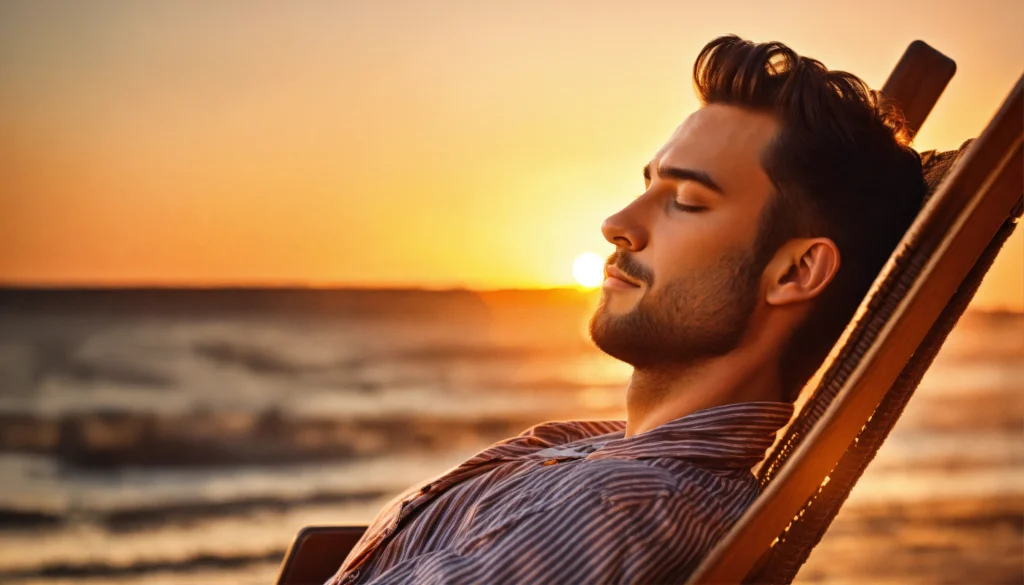
FAQs
Q: Can I still get a tan while wearing sunscreen?
A: Yes, it is possible to get a tan while wearing sunscreen, but the tan will be much more gradual and even. Sunscreen doesn’t completely block all UV rays, so some minimal tanning can still occur. However, it’s important to reapply sunscreen regularly to maintain optimal protection.
Q: Do I need to wear sunscreen on cloudy days?
A: Yes, it’s crucial to wear sunscreen even on cloudy days. UV rays can still penetrate through clouds and cause damage to your skin. Experts recommend wearing a broad-spectrum sunscreen with an SPF of 30 or higher every single day, regardless of the weather.
Q: How do I know if my sunscreen has expired?
A: Most sunscreens have a shelf life of 2-3 years, but this can vary depending on the formula and storage conditions. Check the expiration date on the bottle, and if it’s past that date, it’s best to replace the sunscreen. Also, be wary of any changes in the product’s consistency, smell, or color, as these can be signs that it’s time to toss it.
Q: Can sunscreen cause breakouts?
A: While some sunscreens can potentially clog pores and cause acne, there are many non-comedogenic (non-pore-clogging) formulas available that are specifically designed for acne-prone skin. Look for oil-free, lightweight sunscreens that won’t leave a greasy residue on your skin.
Q: How can I protect my lips from the sun?
A: Don’t forget about your lips! The delicate skin on your lips is just as susceptible to sun damage as the rest of your face. Use a lip balm or stick that contains SPF 30 or higher to keep your lips protected and prevent dryness, cracking, and sun spots.
Unlock a Complimentary Coloring Book by Joining Our Mailing List
As an Amazon Associate, I earn from qualifying purchases. This means that if you click on a link provided and make a purchase, I may receive a commission at no extra cost to you.

